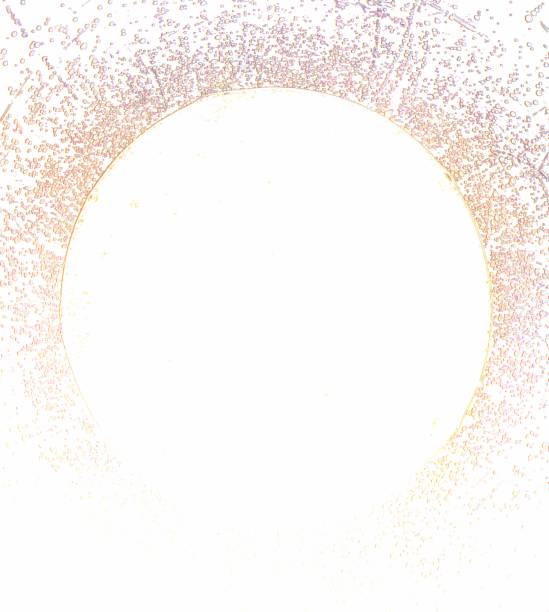Unleashing the Allure: The Unseen Influence of Set Design in Modern Cinema
Introduction: Go behind the scenes and delve into the captivating world of set design—an integral yet often overlooked aspect of modern cinema. This article will explore the dramatic evolution and profound influence of set design, revealing its pivotal role in shaping film narratives and audience experiences.

The Emergence and Evolution of Set Design
Set design’s roots can be traced back to the origins of theatre itself. In the early days, stages were minimalistic, often using symbolic objects to represent different elements of the story. As theatre evolved, so did the complexity of sets, with the Renaissance period seeing a surge in intricate, perspective-based designs. By the time cinema was born in the late 19th century, set design had become a crucial part of storytelling.
In the golden age of Hollywood, set designers like Cedric Gibbons and William Cameron Menzies were setting new standards, creating grand and lavish environments that defined the visual styles of their respective studios. The role of the set designer has since expanded, with their influence reaching every corner of a film’s production.
The Current State of Set Design
Today, set design is a multidisciplinary field that combines elements of architecture, interior design, graphic design, and even psychology. Every detail, from the choice of colors and textures to the arrangement of furniture, is carefully planned to evoke specific emotions and enhance the narrative.
In recent years, films like ‘The Grand Budapest Hotel’, ‘La La Land’, and ‘Parasite’ have showcased the power of set design in creating visually stunning and thematically cohesive films. Their success underscores the importance of set design in modern filmmaking.
The Impact and Significance of Set Design
While set design primarily serves to create a believable world for the characters, its impact extends beyond mere aesthetics. It can subtly guide viewers’ emotions, reveal character traits, and even act as a silent narrator. For instance, the meticulously detailed sets of ‘Mad Men’ not only recreated the 1960s but also reflected the inner lives of its characters.
Moreover, set design can also comment on broader societal issues, as seen in films like ‘Get Out’ and ‘Parasite’, where the architecture and space are used to highlight class and racial disparities.
The Challenges and Triumphs in Set Design
Despite its significance, set design often remains underappreciated. The work is labor-intensive, requiring immense creativity, attention to detail, and a clear understanding of the film’s narrative. However, the joy of seeing a world come to life and the knowledge of having contributed to the storytelling process make all the effort worthwhile.
The Future of Set Design
With advancements in technology, set design is on the brink of another evolution. Virtual reality, 3D modeling, and digital fabrication are opening up new possibilities for creating immersive and dynamic environments. However, the essence of set design—creating spaces that tell stories—will always remain.
In conclusion, set design is an integral part of cinema that goes beyond creating visually appealing backdrops. It’s an art form that contributes to the narrative, provides depth to the characters, and enhances the overall viewing experience. As we continue to push the boundaries of storytelling, the importance of set design will only continue to grow.




